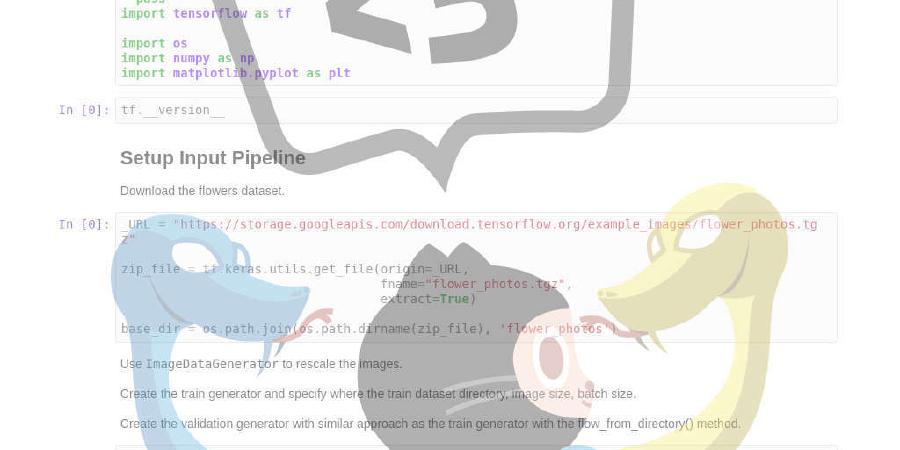PacktPublishing/Hands-On-Artificial-Intelligence-for-Cybersecurity

Hands-On Artificial Intelligence for Cybersecurity, publised by Packt
| repo name | PacktPublishing/Hands-On-Artificial-Intelligence-for-Cybersecurity |
| repo link | https://github.com/PacktPublishing/Hands-On-Artificial-Intelligence-for-Cybersecurity |
| homepage | |
| language | Jupyter Notebook |
| size (curr.) | 1293 kB |
| stars (curr.) | 8 |
| created | 2019-07-24 |
| license | MIT License |
Hands-On Artificial Intelligence for Cybersecurity
This is the code repository for Hands-On Artificial Intelligence for Cybersecurity, published by Packt.
Implement smart AI systems for preventing cyber attacks and detecting threats and network anomalies
What is this book about?
If you wish to design smart, threat-proof cybersecurity systems using trending AI tools and techniques, then this book is for you. With this book, you will learn to develop intelligent systems that can detect suspicious patterns and attacks, thereby allowing you to protect your network and corporate assets.
This book covers the following exciting features:
- Detect email threats such as spamming and phishing using AI
- Categorize APT, zero-days, and polymorphic malware samples
- Overcome antivirus limits in threat detection
- Predict network intrusions and detect anomalies with machine learning
- Verify the strength of biometric authentication procedures with deep learning
If you feel this book is for you, get your copy today!
Instructions and Navigations
All of the code is organized into folders. For example,
The code will look like the following:
In [ ]:
from sklearn.decomposition import PCA
pca = PCA(n_components=2)
pca.fit(X_data)
X_2D = pca.transform(X_data)
data_df['PCA1'] = X_2D[:, 0]
data_df['PCA2'] = X_2D[:, 1]
Following is what you need for this book: If you’re a cybersecurity professional or ethical hacker who wants to build intelligent systems using the power of machine learning and AI, you’ll find this book useful. Familiarity with cybersecurity concepts and knowledge of Python programming is essential to get the most out of this book.
With the following software and hardware list you can run all code files present in the book (Chapter 1-11).
Software and Hardware List
| Chapter | Software required | OS required |
|---|---|---|
| 1-10 | Python 3.7, Jupyter Notebook | Windows, Mac OS X, and Linux (Any) |
| 7 | Python 3.7, Jupyter Notebook, IBM Watson | Windows, Mac OS X, and Linux (Any) |
We also provide a PDF file that has color images of the screenshots/diagrams used in this book. Click here to download it.
Related products
Get to Know the Author
Alessandro Parisi has been an IT professional for over 20 years, acquiring significant experience as a security data scientist, and as an AI cybersecurity and blockchain specialist. He has experience of operating within organizational and decisional contexts characterized by high complexity. Over the years, he has helped companies to adopt AI and blockchain DLT technologies as strategic tools in protecting sensitive corporate assets. He holds an MSc in economics and statistics.
Suggestions and Feedback
Click here if you have any feedback or suggestions.





